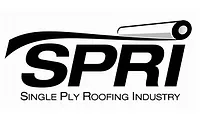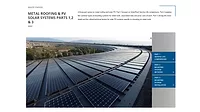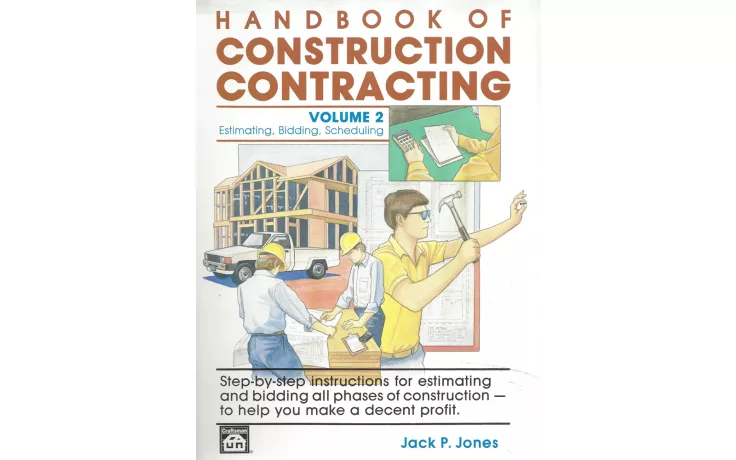Commerical Construction
SPRI Issues White Paper on Effect of Construction-Generated Moisture on Roofing Systems
Analysis examines the causes, effects and solutions of condensation during the building process
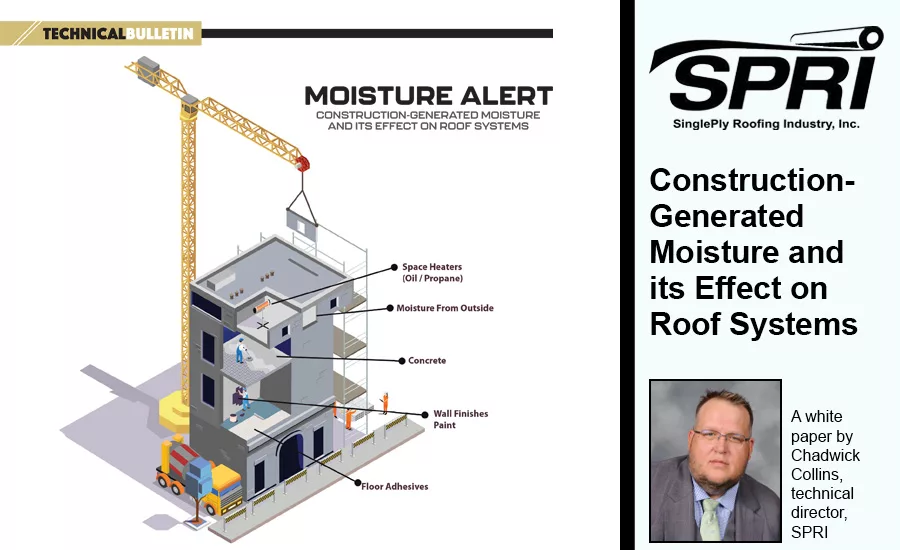
Authored by Chadwick Collins, “Construction-Generated Moisture and its Effect on Roof Systems” is a white paper issued by SPRI, a leading authority on single-ply roofing that deals exclusively with thermoset, thermoplastic, and modified bitumen roofing systems and materials. Collins (pictured above) is SPRI’s technical director.
— Images courtesy of SPRI; Bryan Gottlieb for Roofing Contractor
SPRI, the trade group representing single-ply roofing systems manufacturers and related component materials, published a white paper on Wednesday addressing construction-generated moisture and its impact on commercial roofing systems.
In a March 6 news release, SPRI said that construction-generated moisture comes from various activities, including pouring concrete, burning propane heaters, painting, plastering, and drywall finishing.
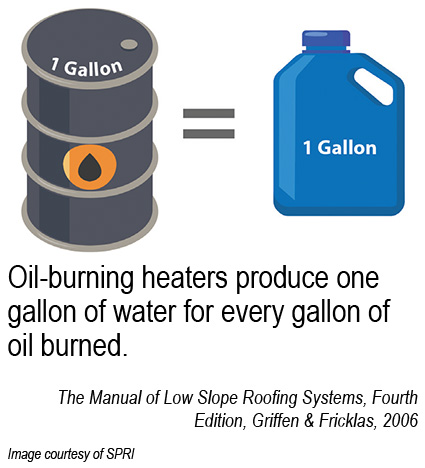 SPRI wrote that moisture can contribute to excessive relative humidity inside the structure without remediation measures, resulting in possible condensation accumulation within the roofing assembly and structure when the temperature is at or below the dew point.
SPRI wrote that moisture can contribute to excessive relative humidity inside the structure without remediation measures, resulting in possible condensation accumulation within the roofing assembly and structure when the temperature is at or below the dew point.
To mitigate condensation and control construction-generated moisture, roof design professionals must identify sources of humidity and develop a remediation plan to implement during the design process. Buildings under construction must be adequately ventilated, particularly during concrete hydration and other high-moisture-related construction activities.
The SPRI mitigation recommendations include avoiding using wet materials or materials with excessive moisture, installing vapor retarders in the roof assembly, and avoiding penetrating vapor barriers. The paper suggests additional measures, including installing at least two insulation layers and always sealing deck-to-wall joints and gaps around roof penetrations.
Chadwick Collins, SPRI's technical director, authored the analysis "Construction-Generated Moisture and its Effect on Roof Systems." SPRI is a leading authority on single-ply roofing, dealing exclusively with thermoset, thermoplastic, and modified bitumen roofing systems and materials. The analysis is available online by clicking HERE.
For more information, visit SPRI.org.
Looking for a reprint of this article?
From high-res PDFs to custom plaques, order your copy today!




